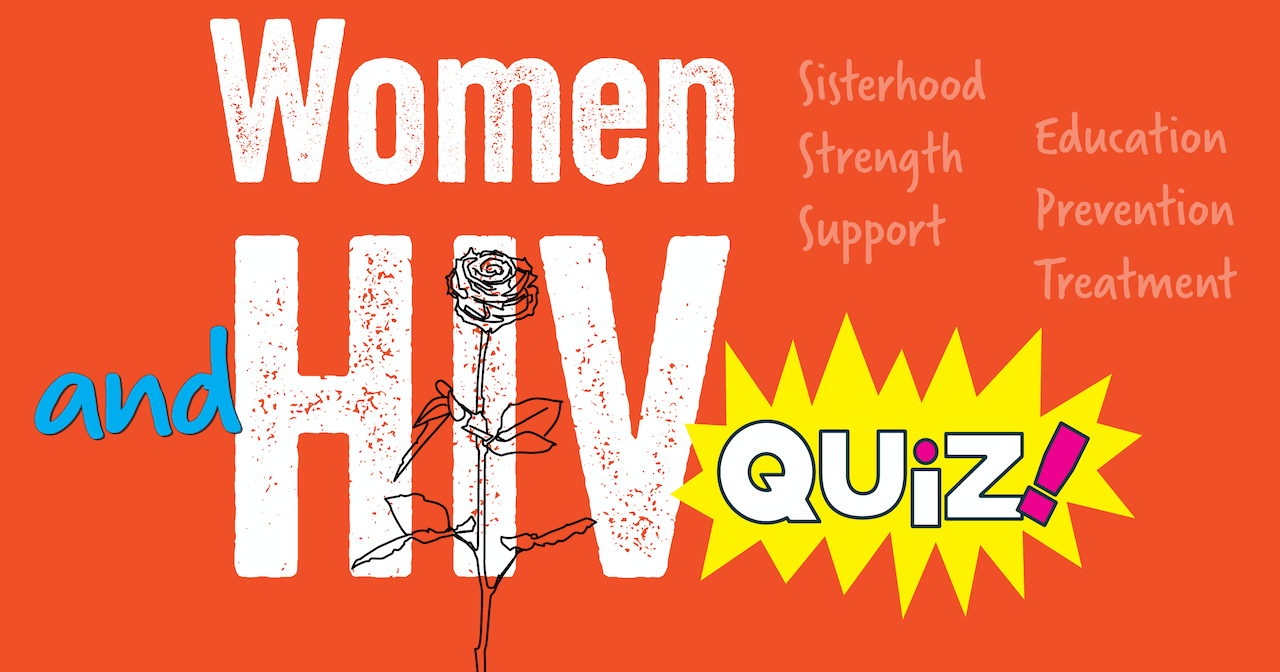Younger women
Younger women are at higher-than-average risk for HIV. According to a study done by the CDC regarding contraceptive use among sexually active high school students, 54.3% of the sexually active students surveyed used a condom the last time they had sex, but approximately one tenth (10.7%) used no condom and/or no primary contraceptive. In addition, only 9.1% used a condom along with a more effective contraceptive (for example, birth control pills), which is recommended for HIV/STI prevention and unwanted pregnancies. Younger women are also at higher risk for HIV than adult women because their reproductive tract is still developing.
Learn more from Illinois HIV Care Connect’s HIV and Youth web pages.
Older women
Despite some societal myths, women over age 50 are still at risk for HIV. Statistics from Getting to Zero Illinois regarding HIV prevalence in selected populations show that in 2021, 27% of cisgender women living with HIV were between 50-59 years old, and 21% were 60 years or older. In addition, 13% of trans women living with HIV were 50-59 years old, and 5% were 60 years or older.
According to the Department of Health and Human Services’ Office on Women’s Health, many women over 50 think they do not need condoms because they aren’t worrying about getting pregnant, but they should still get tested regularly for HIV and other STIs. If they are experiencing symptoms of HIV, their doctors may not suspect that their symptoms could be associated with HIV, which could lead to a later diagnosis and may increase the possibility of spreading it to other people.
According to HIV.gov, the risk of HIV is higher for older women partly because of menopause – the decrease in hormone levels means that the vagina is not as lubricated as it used to be, which leads to higher risk for tiny cuts (microtears) in the vagina during sex that make it easier for HIV to enter the body. Menopause may also start younger or be more severe in women living with HIV than women who do not have HIV.
Learn more from Illinois HIV Care Connect’s HIV and Aging web pages.







